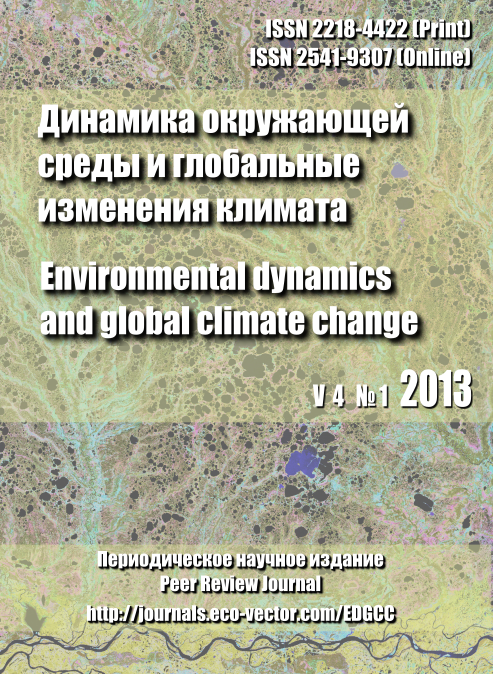Vol 4, No 1 (2013)
- Year: 2013
- Articles: 4
- URL: https://edgccjournal.org/EDGCC/issue/view/383
Articles
Diphosphine-based hypothesis of wetland autoignition is not confirmed
Abstract
The paper examine diphosphine-based hypothesis of wetland autoignition: it supposes that Р2Н4 production in
wetlands is sufficient to Р2Н4 spontaneous ignition in air which starts a chain reaction of phosphine and then methane
ignition; the latter reaction is considered as a real cause of many natural forest and peat fires. The paper demonstrates
that Р2Н4 autoignition under the natural conditions is hardly probable. We revealed that experimental data doesn't
indicate any significant diphosphine concentrations in wetlands. Even if diphosphine autoignition was proceeded,
surrounding gas mixture wouldn't sustain a combustion owing to the lack of oxidant (O2) in a peat layer or to a lower
comparing to a combustion limit Р2Н4 concentration in a surface layer. Even if under some unique conditions a shortterm
flash was occured, it wouldn't set fire to the peat layer.
The paper was written basing on the lecture of the same name delivered in MSU workshop «Greenhouse gases:
urgent questions» by one of the author.
 1-25
1-25


Production and destruction processes in peatland ecosystems of Vasyugan region
Abstract
 1-9
1-9


Wood decay community of raised bogs in West Siberia
Abstract
 1-16
1-16


 1-12
1-12











